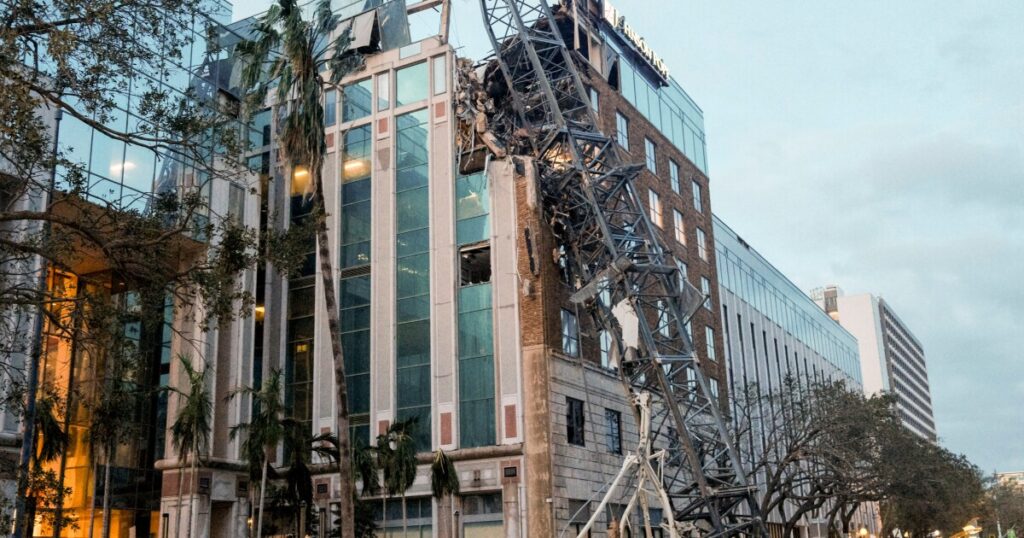Florida's tough building codes could mitigate Hurricane Milton damage

Hurricane Milton hit near Sarasota, Florida, as a Category 3 storm, at about 8:30 pm October 9. Milton had been at Category 4 and 5 in the days before it made landfall. Once the damage is surveyed, it will be clear how well Florida’s tough building codes stood up against the storm.
Florida’s experience with hurricanes led it to maintain one of the strongest building codes in the U.S. After Hurricane Helene in late September, North Carolina saw its building codes get more scrutiny after being relaxed by that state’s legislature.
The Insurance Institute for Business & Home Safety (IBHS) ranked Florida’s building codes first or second out of 18 hurricane-prone states each time, in its reports every three years since 2012. Florida ranked second in the newest list issued this year. Florida’s most recent building code update was in January 2023, and it included the American Society of Civil Engineers 7-22 wind design standard, an even higher standard than the 7-16 one used in the 2021 I-code standards. I-codes are a series of internationally recognized building codes.
David Smith, senior director, natural hazard science at CoreLogic.
Also, the IBHS report awarded Florida 49 of a possible 50 points for building code adoption.
“The state of Florida in particular, has done a great job of getting these building codes updated and enforced,” said David Smith, senior director, natural hazard science at CoreLogic, a property risk data company, speaking in an October 9 briefing about Hurricane Milton.
Florida has a history of major building code improvements dating to 1994, following Hurricane Andrew, and again in 2001, according to Smith. The age of buildings will affect their vulnerability to Milton, he said. Pinellas County, one of five counties in the likely landfall area, has a large portion of its buildings that are older than 1995, Smith noted.
“These building code requirements definitely are very positive things,” he said. “The impact that we’ll see will vary on what kind of built environment the storm comes into from both the wind and storm surge point of view.”







